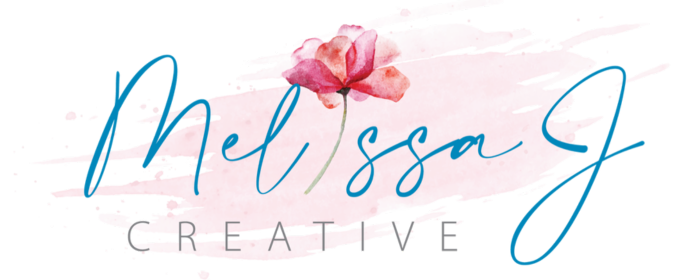The Benefits of Dance and Nia at Every Age and Stage

Dance, in its myriad forms, is a universal expression of joy, culture, and human connection. From the beat of a drum to the melody of a symphony, music compels us to move, to feel, and to express ourselves. Among the diverse forms of dance, one practice stands out for its holistic approach to mind-body wellness: Nia. This combination of dance, martial arts, and mindfulness offers a wealth of benefits for individuals of all ages. Let’s explore the benefits of dance and Nia at every stage of life.
The Early Years: Dance and Nia for Children and Teens
Physical Development: Both dance and Nia are wonderful ways for youngsters to stay active. They help develop muscle strength, balance, flexibility, and coordination. Moreover, they foster an early appreciation for physical fitness, laying the groundwork for a lifetime of healthful habits.
Cognitive Skills: Dance and Nia routines require students to learn and remember sequences, improving memory and spatial awareness. Additionally, the rhythm and beat of the music can enhance mathematical skills.
Social Skills: Participating in dance or Nia classes encourages interaction with peers. These classes can improve social skills, build friendships, and instill a sense of teamwork.
Confidence and Self-Expression: Dance and Nia provide a platform for self-expression and creativity. The sense of accomplishment from mastering a routine can boost self-esteem and confidence.
The Middle Years: Dance and Nia for Adults
Fitness and Health: Both dance and Nia offer engaging forms of cardio exercise that can maintain a healthy weight, improve heart health, and enhance overall fitness levels. Whether you prefer the lively pace of Zumba or the mindful movements of Nia, there’s a style for everyone.
Stress Relief: The combination of music and movement in dance and Nia can provide a significant stress relief. It can divert attention from daily worries, reduce tension, and promote relaxation.
Social Connection: Dance classes or Nia practice can offer adults a chance to meet new people and form a sense of community. These practices foster a sense of togetherness and mutual support.
Brain Health: Regular dancing and Nia can boost brain function, improve memory, and potentially delay the onset of dementia. A study published in the New England Journal of Medicine found that frequent dancing was associated with a lower risk of dementia.
The Golden Years: Dance and Nia for Seniors
Maintaining Mobility and Balance: Dance and Nia can help seniors maintain mobility, improve balance, and increase strength, reducing the risk of falls.
Cognitive Health: For seniors, participating in dance and Nia classes can support cognitive health. The mental effort to follow along with routines can enhance memory and concentration.
Social Engagement: Dance and Nia classes provide social interaction, which can reduce feelings of loneliness and contribute to a better quality of life for seniors.
Joy and Fulfillment: Perhaps most importantly, dance and Nia bring joy. The combination of music, movement, and social interaction can boost mood and provide a sense of fulfillment.
In conclusion, dance and Nia offer a wealth of benefits for people at every age and stage of life. These practices support physical health, cognitive function, emotional well-being, and social connection. So whether you’re 5 or 95, it’s never too late to embrace the rhythm of life and experience the joy and wellness that dance and Nia can bring.
